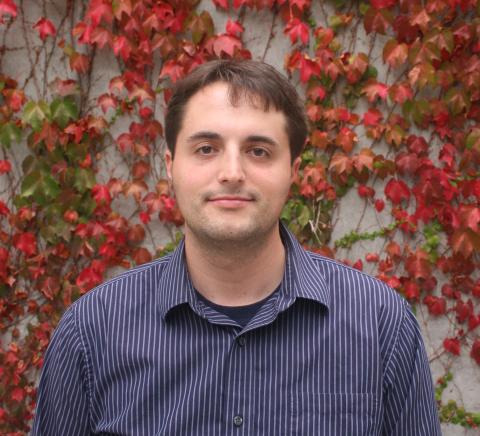event
YOUNG INNOVATORS in Biomedical Engineering, Adam J. Engler, University of California, San Diego
Primary tabs
Adam J. Engler, PhD University of California, San Diego
February 25, 2014, 11am —12 pm, Whitaker 1103
Vinculin Mechanosensing and its Role in Differentiation, Disease, and Aging
Cells respond to the passive and active mechanics of their surrounding niche from the onset of fertilization through senescence. Their response is regulated by cell contractility but ultimately interpreted by a variety of nuclear- and adhesion-based mechanisms that convert biophysical information, e.g. niche stiffness, to biochemical cues. Here I will describe how one adhesion protein–vinculin–acts as a “molecular strain gauge,” i.e. it opens and closes under force. I will highlight vinculin’s role in regulating cell responses ranging human mesenchymal stem cell (hMSC) differentiation to age-associated diastolic dysfunction in Drosophila melanogaster, the fruit fly. While hMSC differentiation into skeletal muscle is regulated by vinculin opening up cryptic MAPK1 binding sites at optimal niche stiffness, vinculin’s role in age-associated diastolic dysfunction appears to be more structural with expression and localization changes perturbing the cytoskeleton to ultimately adversely affect heart relaxation and impair chamber filling. In these examples, I will also illustrate how our findings have influenced the translation of cell-based therapies or the identification of novel therapeutic targets in humans.
Status
- Workflow status: Published
- Created by: Adrianne Proeller
- Created: 02/19/2014
- Modified By: Fletcher Moore
- Modified: 04/13/2017
Categories
Target Audience

